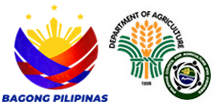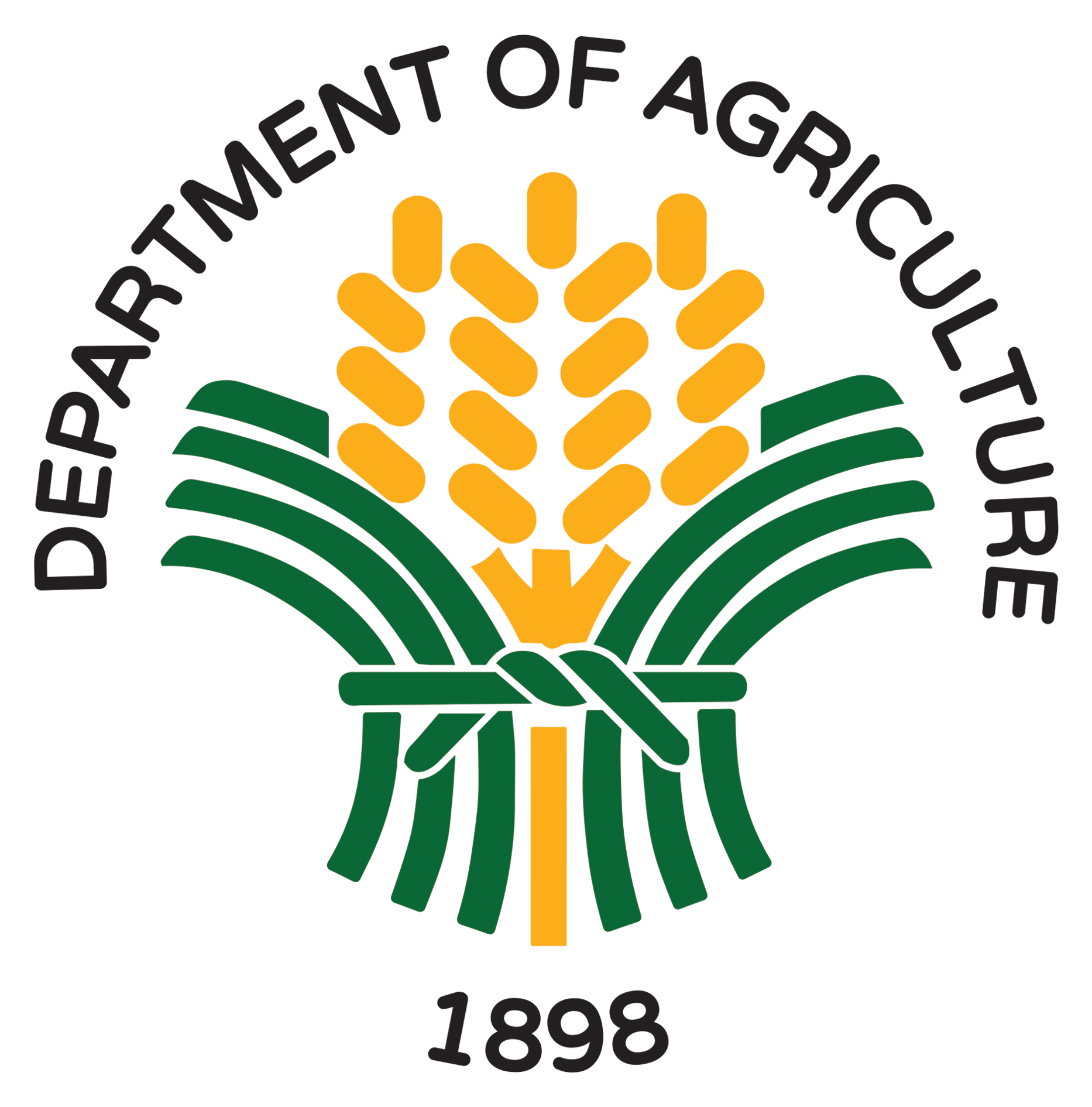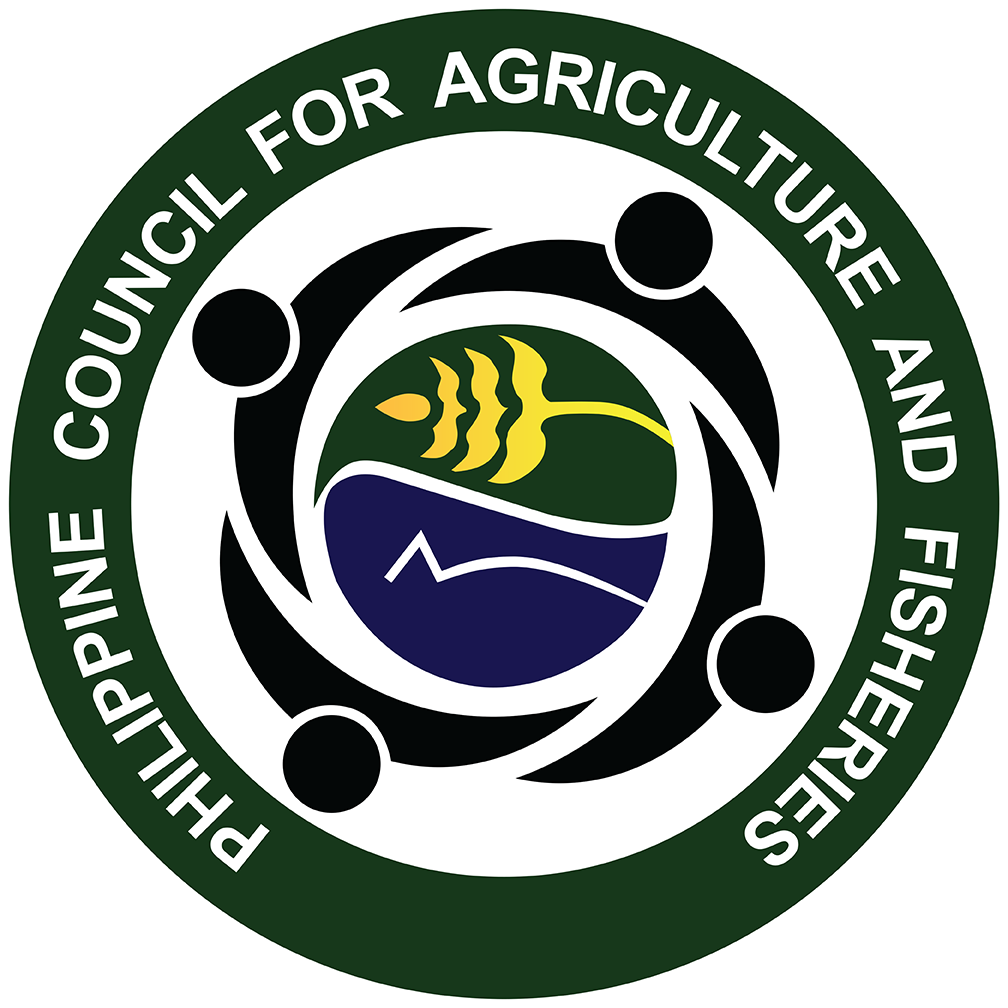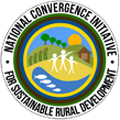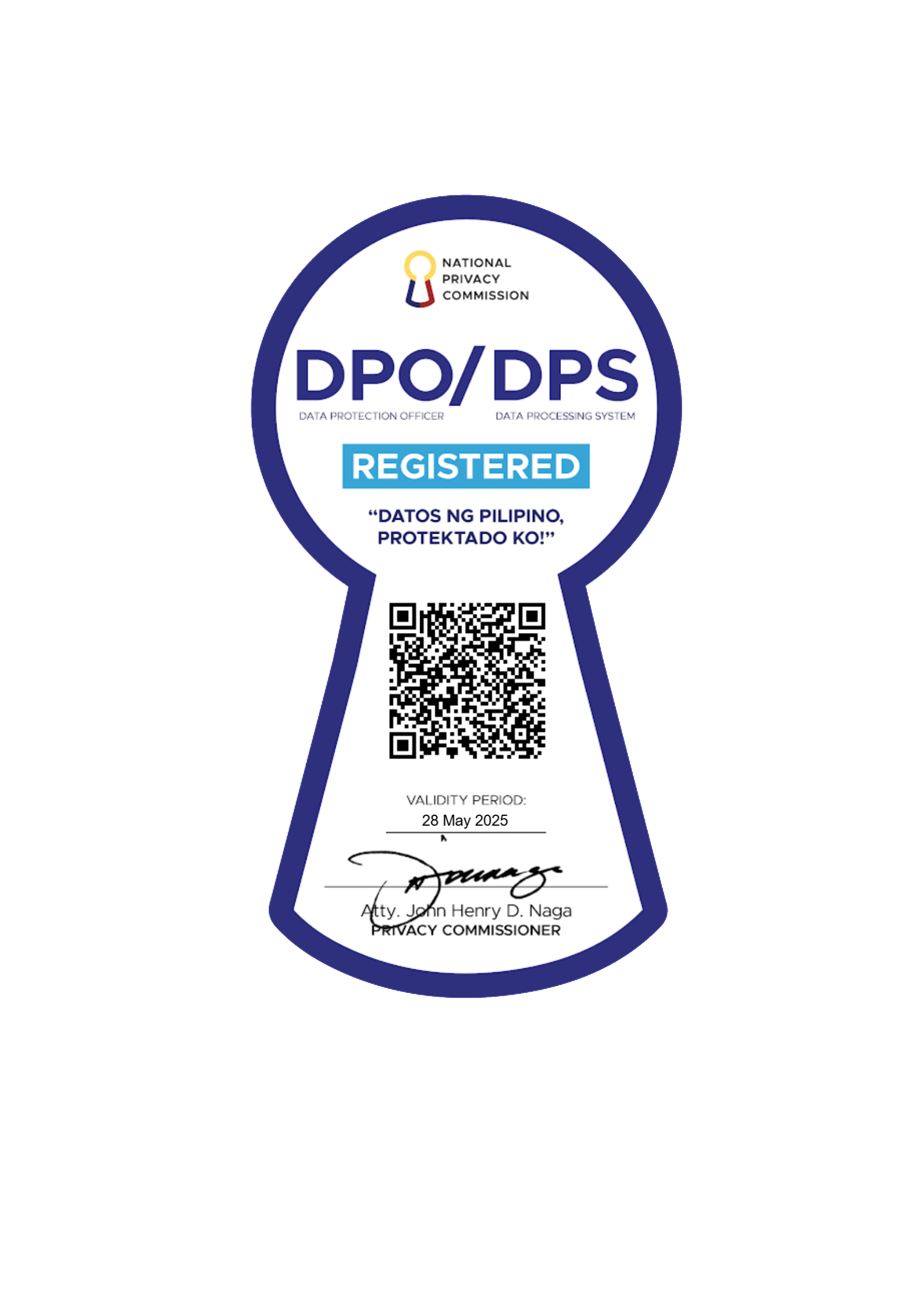
The Philippine Council for Agriculture and Fisheries (PCAF) and its Advisory Special Bodies (ASBs) gathered once again on January 23-25, 2018 at the Subic Bay Venezia Hotel, Zambales to jointly review its performance for 2017, set strategies to hit the targets for 2018 and identify programs and activities for 2019.
The activity was also conducted to validate with ASBs the medium-term strategic framework of PCAF for 2019-2023 and to identify the priority policy agenda for discussion this year.
It was attended by the chairpersons of the National Sectoral and Strategic Concern Committees (NSSCCs), chairpersons of the Regional Agricultural and Fishery Councils (RAFC), regional executive officers and RAFC coordinators.
In her opening message, PCAF Executive Director Sarah Gutierrez-Cayona acknowledged the contributions of the NSSCCs and the AFCs to the agency’s overall performance and pledged continued support to their upcoming plans and activities.
She also urged the ASBs as well as the agency’s four operating units (OUs) to fully internalize the budget reforms being implemented by the Department of Budget and Management (DBM) which would entail the full adherence to its monthly work and financial plans.
On this note, Engr. Jose Redentor Besenio, Budget Section Chief presented the salient features of the DBM’s budget reform and the 2019 Budget Call.
He emphasized that cash utilization must be in accordance with the approved plan and budget of the agency as this will be closely monitored by DBM.
Evaluating the 2017 Overall Performance
The agency’s physical versus financial performance was presented by Planning, Monitoring and Knowledge Management Division (PMKMD) Chief Estrella Tulay.
Outputs of the ASBs and OUs to the overall agency performance were presented. The report only covered those activities under the major final output (MFO) by programs, activities and projects (PAP).
As to the policy resolutions endorsed, the National Agriculture and Fisheries Council, NSSCCs and RAFCs exceeded the number of targeted policy resolutions. However, Provincial AFCs (PAFC) were short on the targeted number of policy resolutions endorsed based on the accomplishment submitted by OUs.
Consequently, NSSCCs, RAFCs and PAFCs conducted consultations more than the targeted number last year while the Municipal AFCs accomplishment was the same on the number of target.
On the monitoring and evaluation (M&E) activities, PMKMD Chief Tulay discussed the delays in fund transfer was mainly due to unliquidated fund transfer of regions from the preceding year.
As such, the PMKMD Monitoring and Evaluation Section (MES) came up with a strategy in which the AFCs do the participatory monitoring and tracking with PCAF providing the cash advances for the participatory monitoring and tracking.
Despite the delay, RAFCs were commended for their accomplishment of the targeted number of M&E activities. Regions V, VI and VIII doubled the number of their accomplishment.
For the partnership agreements facilitated, a substantial increase was evident with almost three-fold of the targeted number accomplished.

PCAF Strategic Framework
In preparation for the crafting of Agriculture and Fisheries Modernization Plan (AFMP) for 2019-2023, Planning and Programming Section (PPS) Chief Cleofas Ventic discussed to the body the outcomes of OUs’ strategic framework.
In accordance with the DBM’s budget guidelines, PCAF engaged its ASBs in identifying new or expanded activities which could be part of the Tier 2 budget for the year 2019 onwards.
The Policy Development and Coordination Division proposed activity for Tier 2 budget is the participation in international fora for sectoral and strategic concerns.
All sections of Partnership Development Division presented their proposal for the new or expanded activities. For the Capacity Development Section, an information caravan and provision of information library for ASBs were proposed.
Recognition of other partner stakeholders for their commitment and support to the agri-fishery sector and provision of incentive-related activities that can attract volunteer workers are the proposed activities of Volunteer Management Section for Tier 2.
Meanwhile the Social Mobilization Section were looking into logistical and financial support to the private partners of the agency to sustain its functions in participatory and collaborative governance as part of their Tier 2 proposal.
Sections under PMKMD identified activities for the AFMP. For the PPS, inclusion of representatives from the lower level AFCs in the performance review, planning and budgeting workshop was highlighted.
The Knowledge Management Section proposal were mostly promotional activities for the ASBs and information campaign aimed to reach the AFCs down to the municipal level.
Registration of farmers and fishers in Juan Magsasaka program and implementation of Urban Agriculture Act are the two major activities expected to be implemented starting 2019 to be spearheaded by MES.

Setting Agenda for Future Endeavor
PCAF’s performance is rated based on the indicators set under its MFO I which is policy advisory service. As such, this need for prioritization of policy agenda at the start of this year to ensure that policy recommendations are generated whenever the ASBs meet.
A workshop to prioritize the policy agenda identified by the NSSCCs was done wherein participants were group according to the standing committees of NSSCCs.
Printed list of possible policy agenda was provided and each group were tasked to identify issues and concerns that need policy interventions and should be given priority, thereby crafting a policy resolution or evaluative study.
Results of Participatory Monitoring and Tracking
Capping the three-day activity, MES Chief Cyril Soliaban presented the consolidated outputs of participatory monitoring and tracking. A total of 1,501 projects were monitored and validated nationwide.
Almost all of the agricultural and fishery programs and projects validated are indeed existing and implemented and majority were completed as reported in the accomplishment reports by the concerned implementing agencies.
However, based on the submitted list of projects, 16.33% or 245 were unutilized, 15.93% or 239 projects were underutilized and 0.8% or 12 projects does not exist which in effect is wasted government resources. – JD
